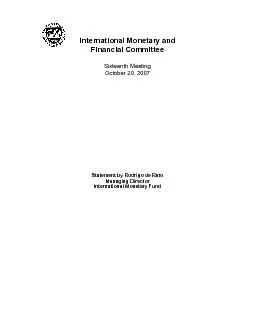PPT-Management Practices in Europe, the US and Emerging Markets
Author : danika-pritchard | Published Date : 2018-09-24
Nick Bloom Stanford Economics and GSB John Van Reenen LSE and Stanford GSB Lecture 1 Management and firm Performance 1 COURSE OUTLINE Why management can make the
Presentation Embed Code
Download Presentation
Download Presentation The PPT/PDF document "Management Practices in Europe, the US a..." is the property of its rightful owner. Permission is granted to download and print the materials on this website for personal, non-commercial use only, and to display it on your personal computer provided you do not modify the materials and that you retain all copyright notices contained in the materials. By downloading content from our website, you accept the terms of this agreement.
Management Practices in Europe, the US and Emerging Markets: Transcript
Download Rules Of Document
"Management Practices in Europe, the US and Emerging Markets"The content belongs to its owner. You may download and print it for personal use, without modification, and keep all copyright notices. By downloading, you agree to these terms.
Related Documents














